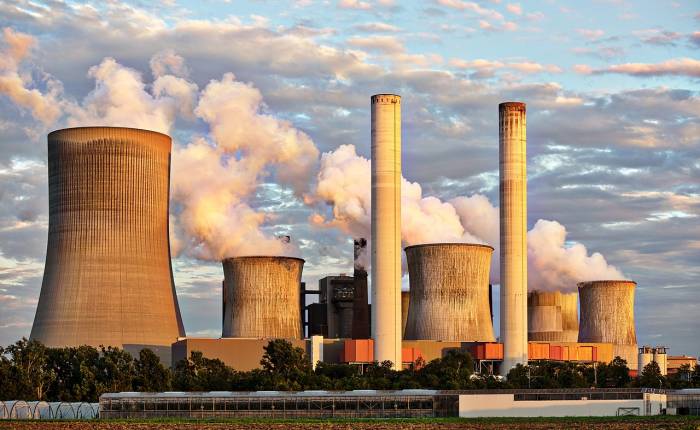
Image: Benita5
The UK government announced last week how it intends ending unabated coal fired power generation in Great Britain by 2025 – and the date its proposed rules will come into effect.
The government originally announced its intention to end unabated coal power by 2025 back in 2015. This was followed by a consultation process on how to reach the goal that attracted nearly 6,000 submissions.
In September 2017, the government said it would proceed with action to regulate closure and has now settled on actions.
It has decided that it will set a new emissions intensity limit on generators of 450g CO2 per kWh of electricity generated. This level eliminates all conventional coal and also so-called High Efficiency, Low Emissions (HELE) plants without major modification.
HELE Power Station Carbon Emissions Intensity
HELE is a term that’s a little misleading – these plants aren’t all efficient, nor low-emissions compared to renewables.
Conventional coal fired power generation:
- Black coal – ~950g CO2/kW
- Brown coal: ~ 1,100 – 1,300g CO2/kW
According to a Minerals Council of Australia report published last year extolling the virtues of HELE:
- Supercritical HELE : 800-880g CO2/kWh
- Ultra-supercritical HELE : 740-800g CO2/kWh
- Advanced ultra-supercritical HELE: 670-740g CO2/kWh
None of these HELE options come even close to the requirements and would also need carbon capture and storage (CCS), adding significant cost even if technically viable to what would already be very expensive plants.
Co-firing with biomass will also be unattractive.
“..the net CO2 emissions from coal units co-firing with biomass will be calculated as the sum of the emissions from the coal element of the fuel diet, plus net life-cycle CO2 emissions attributable to the biomass element of the diet,” states the document.
The emissions intensity limit will apply from 1 October 2025.
The reality is that there isn’t much in the way of coal-based power generation in Great Britain these days.
2017 saw a number of low-carbon electricity records tumble in Britain (including solar power producing 9.9 terawatt-hours over the year) and the halving of carbon emissions in the electricity sector compared to 2012. In the third quarter of last year, coal accounted for just 2.9% of generation.
The government believes remaining coal power stations will either close or upgrade in the early 2020s, with around just 1.5 GW of unabated coal capacity likely to remain until 2025. According to Wikipedia, there are 8 active coal fired power stations currently operating across the entire UK, with a collective generating capacity of 14GW.
While the government’s proposal has been widely welcomed, issues of concern for some are lack of action on other fossil fuels such as gas and allowing coal plants to compete in the capacity market on a level playing field until 2025.

 RSS - Posts
RSS - Posts



Speak Your Mind